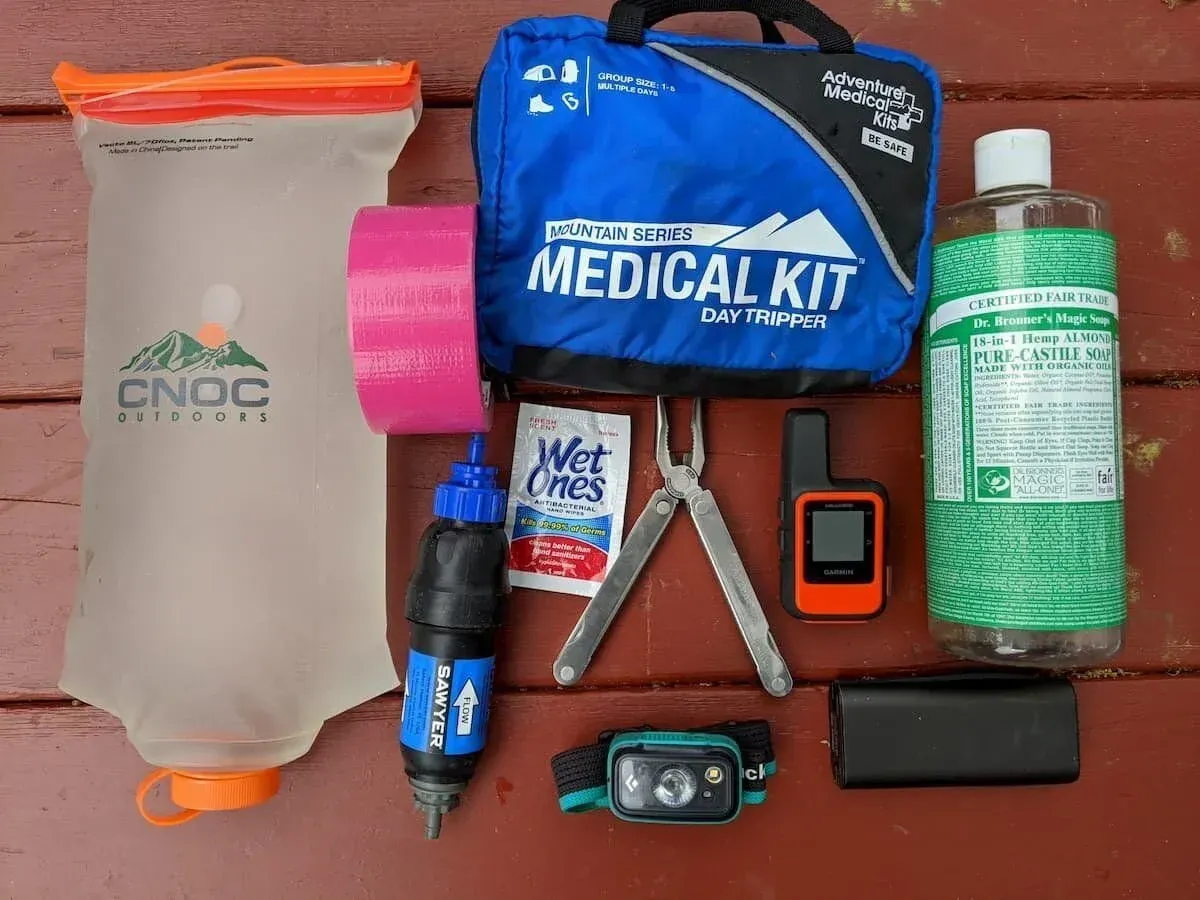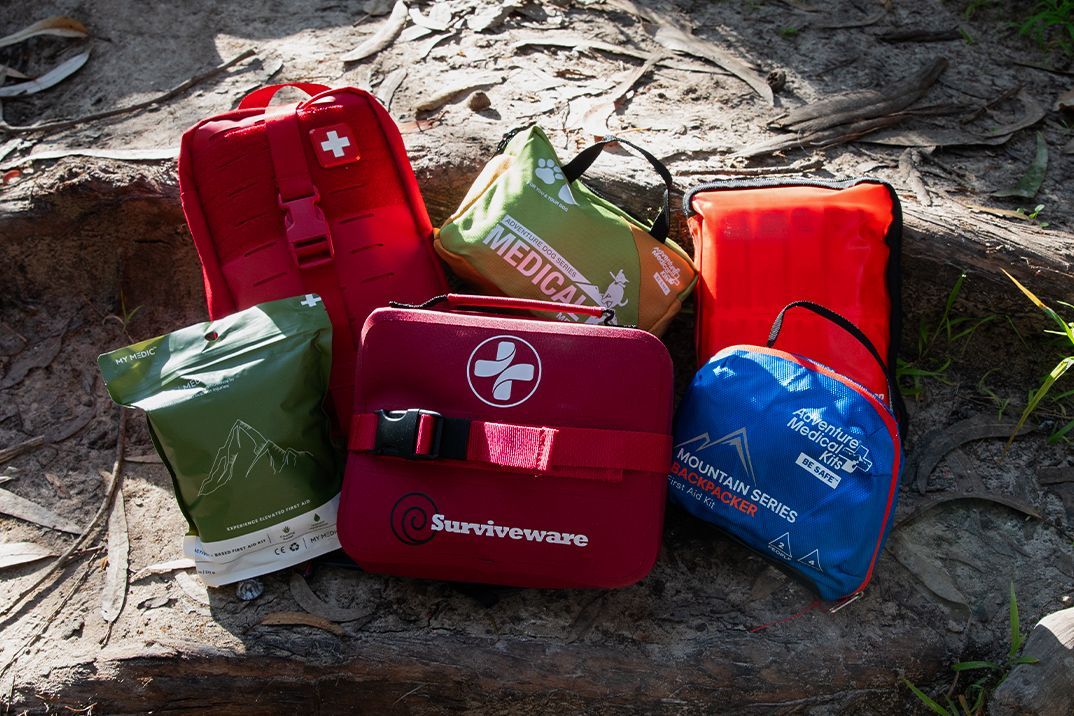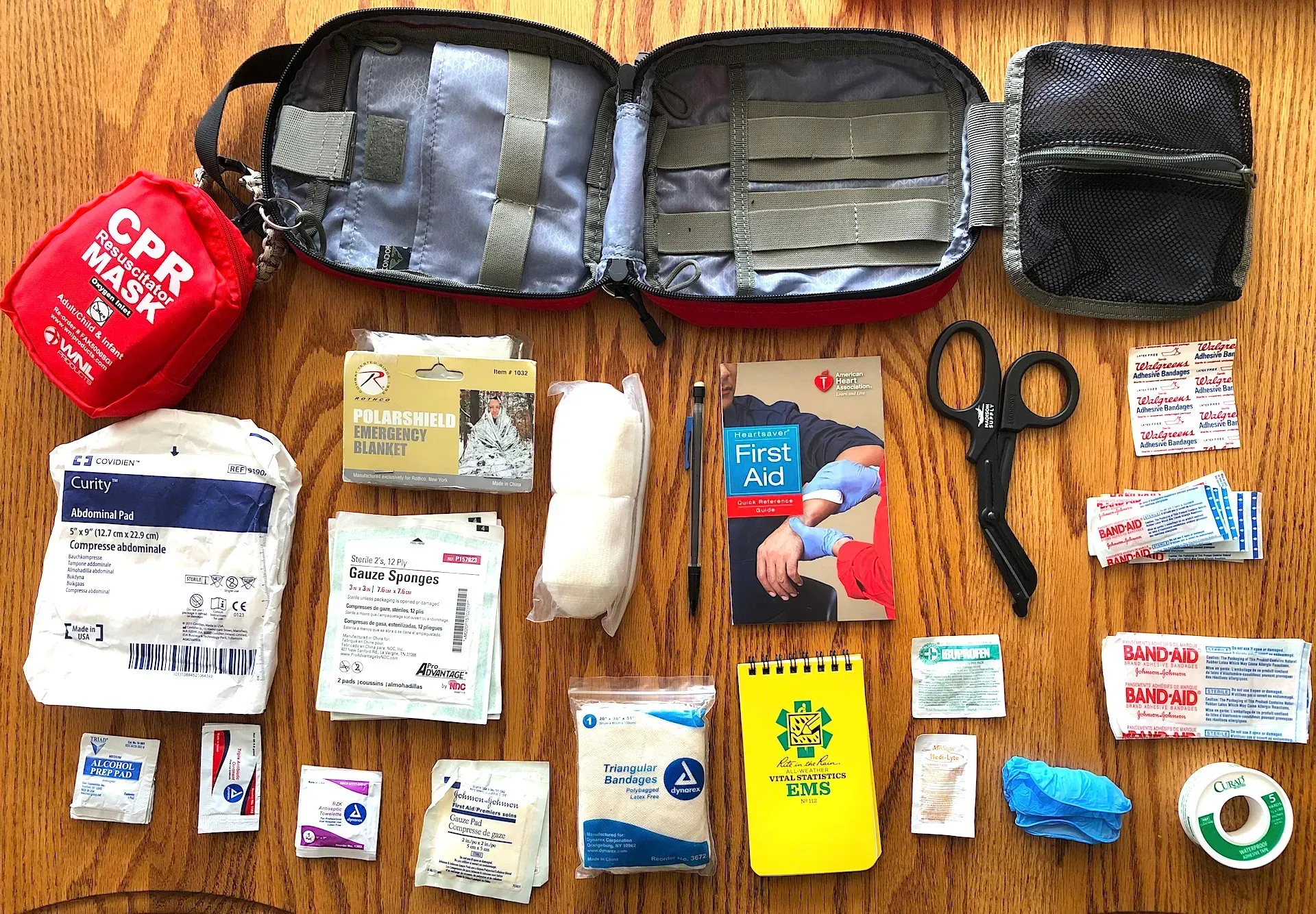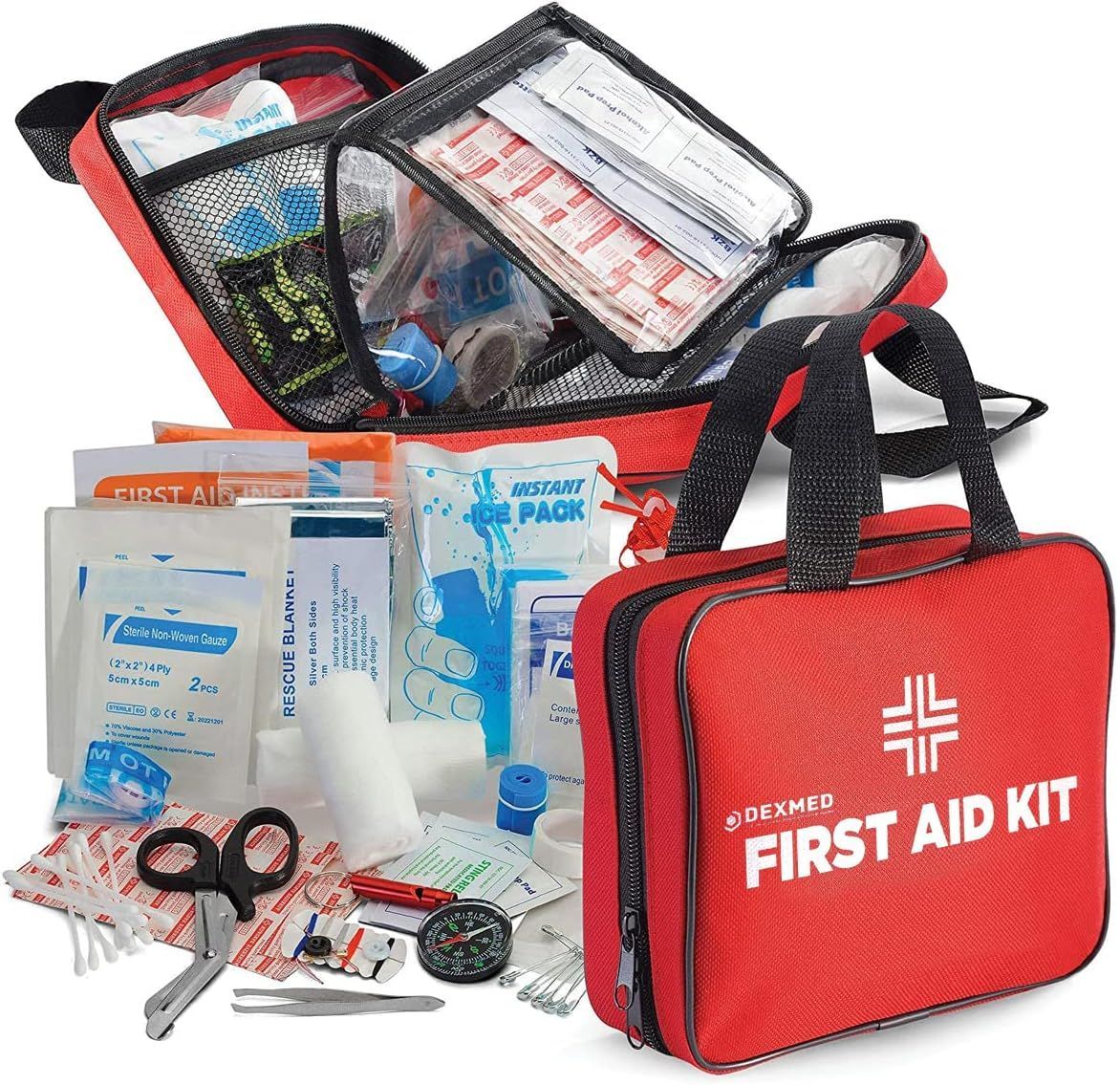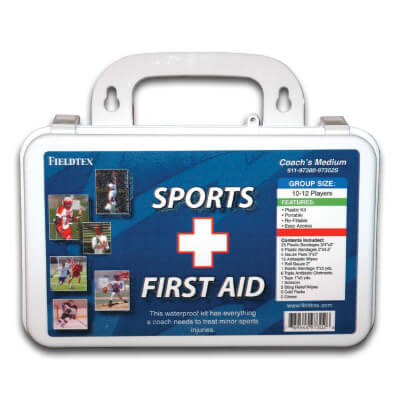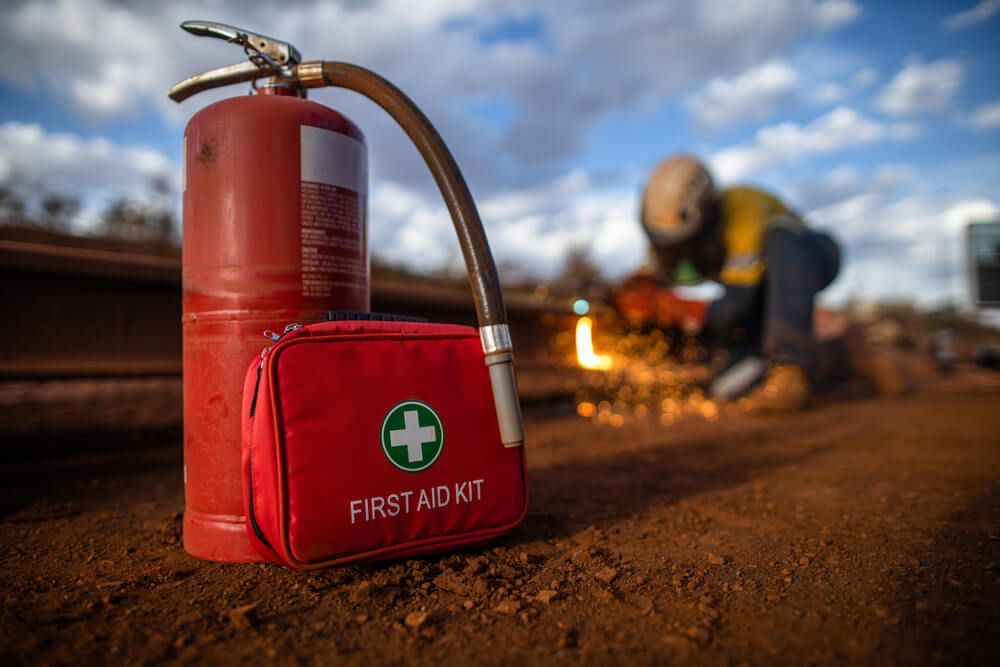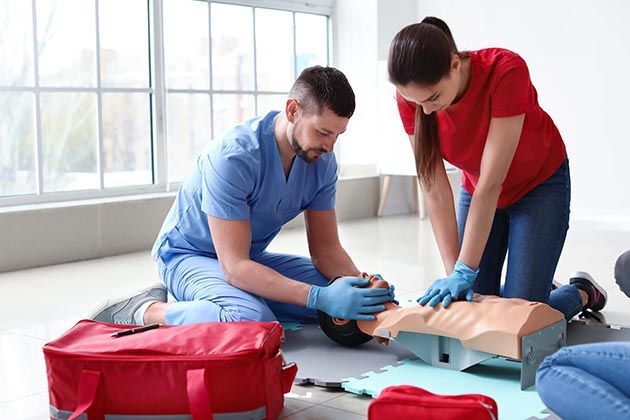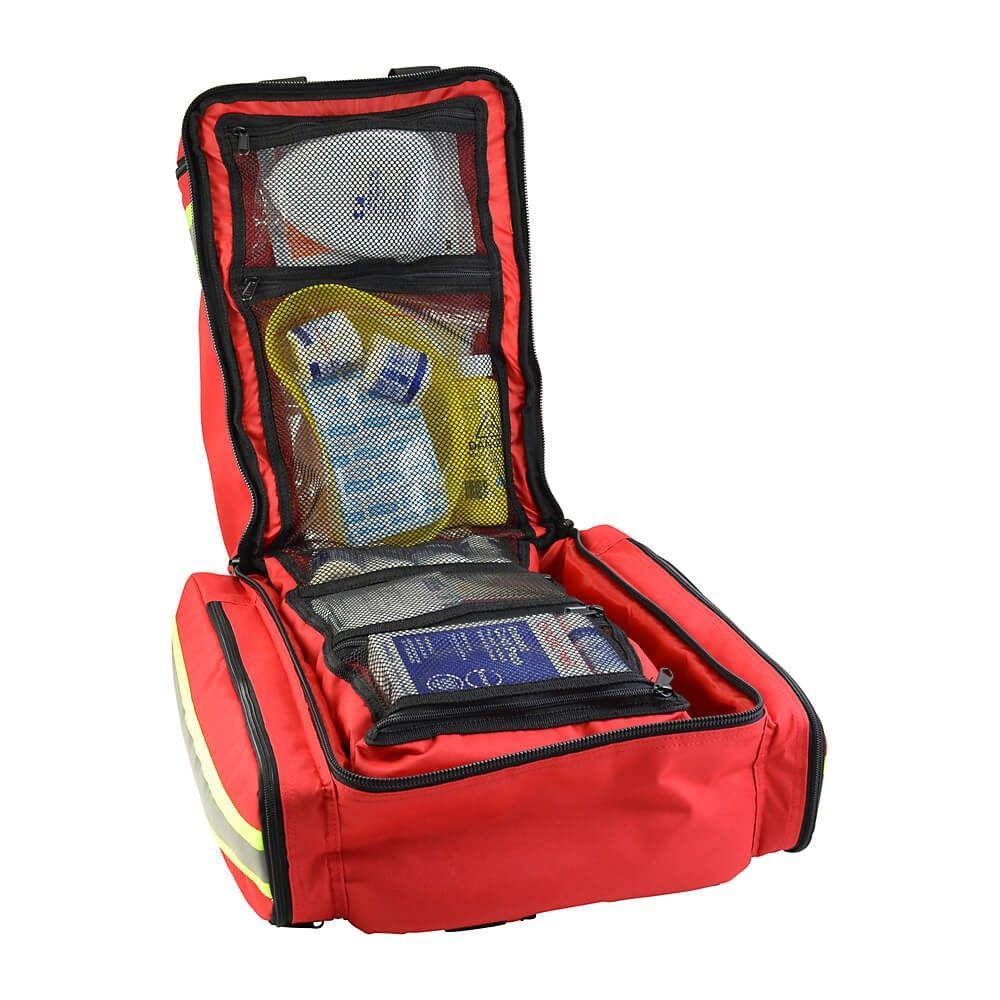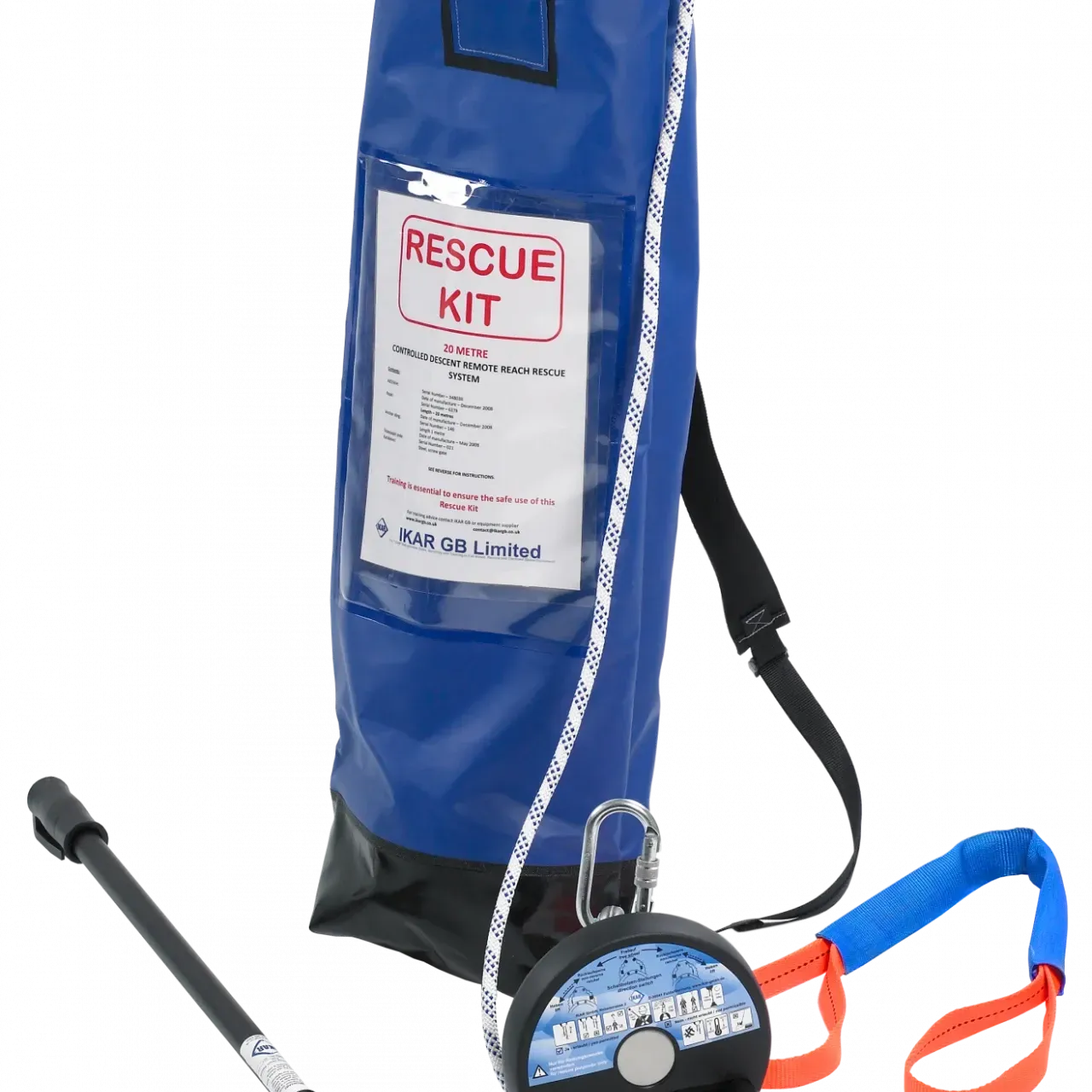Why Every Vehicle Should Have a Rescue Kit — Not Just a First Aid Box
TLDR;
Every vehicle should have a
rescue kit, not just a first aid box, because emergencies on the road often require tools beyond basic medical supplies. A comprehensive rescue kit provides essential tools for vehicle repair, survival in extreme weather, and assistance to others in need, ensuring you're fully prepared in any unexpected situation.
Why Every Vehicle Should Have a Rescue Kit — Not Just a First Aid Box
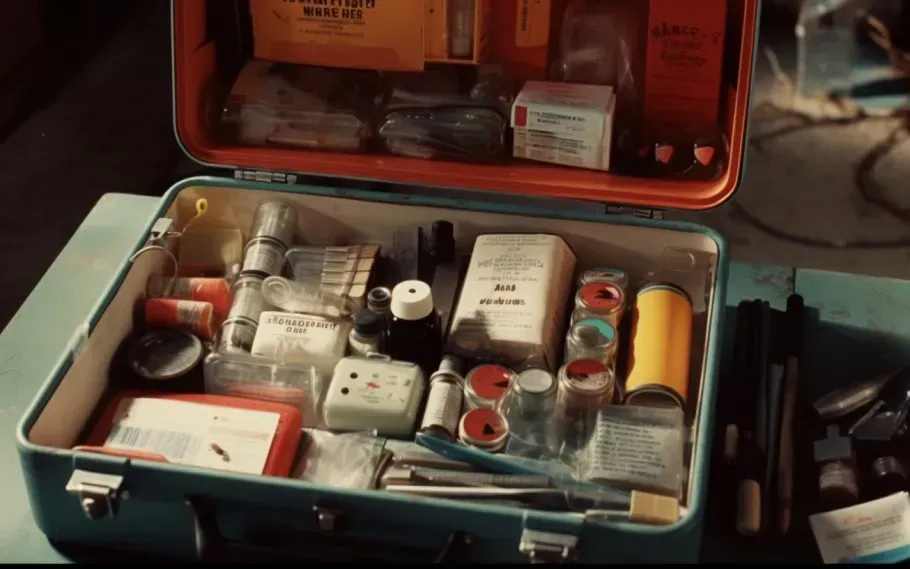
When you're on the road, the unexpected can happen at any time. Whether it's a vehicle breakdown, a sudden medical emergency, or a severe weather situation, having the right tools and supplies can make a world of difference. While a first aid box is essential, it doesn’t provide enough to address the range of emergencies you may face on the road. A well-equipped rescue kit can help you not only take care of medical situations but also deal with vehicle issues, provide survival supplies, and assist others in need.
In this post, we will explore why every vehicle needs a rescue kit and break down the essential items and strategies for preparing one.
Beyond Basic First Aid
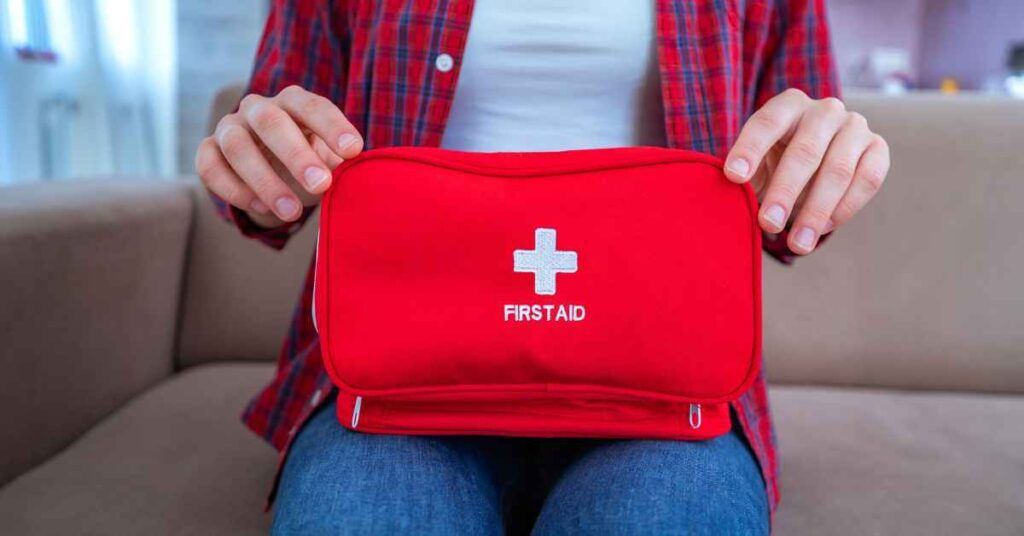
A standard first aid kit is important, but it’s just the starting point. In emergencies, you may need more than bandages and painkillers. A rescue kit expands on the basics by including tools and supplies that address a broader range of emergencies.
Mechanical Failures
Vehicles can break down unexpectedly, especially in isolated or remote locations. A rescue kit should include tools that can help you get back on the road quickly, such as:
- Tire repair kits
- Jumper cables
- Multi-tools
- Tow straps
These items can save you time and effort when trying to fix a mechanical issue or when you need to get your car moving after a breakdown.
Severe Weather
Weather can change rapidly, and if you're caught in a storm or snowstorm, survival becomes a priority. A rescue kit should include:
- Blankets and extra clothing for warmth
- A small shovel for clearing snow
- Waterproof matches or fire starters
- Emergency food and water supplies
These essentials ensure you stay safe in extreme weather conditions, especially if you’re stuck for an extended period.
Remote Locations
If you're traveling in remote areas, getting help may take longer than expected. A well-equipped rescue kit will provide you with the supplies needed to wait for help or even perform self-rescue. Key items for these situations include:
- Emergency blankets for warmth
- Signal mirrors to attract attention
- A whistle for signaling
- A compass for navigation
Assisting Others
One of the primary reasons for carrying a rescue kit is to assist others. In a community setting, having the ability to help can make a big difference.
Accidents
If you're first on the scene of an accident, a rescue kit can help you provide immediate assistance. In addition to basic first aid supplies, consider including:
- Reflective warning triangles to alert oncoming drivers
- A fire extinguisher for emergency fires
- A heavy-duty blanket to shield injured people
Community Safety
Carrying a rescue kit doesn’t just benefit you – it can help you assist others in need, whether they are fellow drivers, pedestrians, or cyclists. This readiness fosters a sense of community responsibility.
Peace of Mind and Preparedness
Knowing you’re prepared for any emergency can reduce stress and anxiety. Having a rescue kit in your vehicle gives you the peace of mind that, should something go wrong, you have the tools to handle the situation. The mental and emotional benefit of being prepared cannot be underestimated.
Key Items to Include in Your Rescue Kit
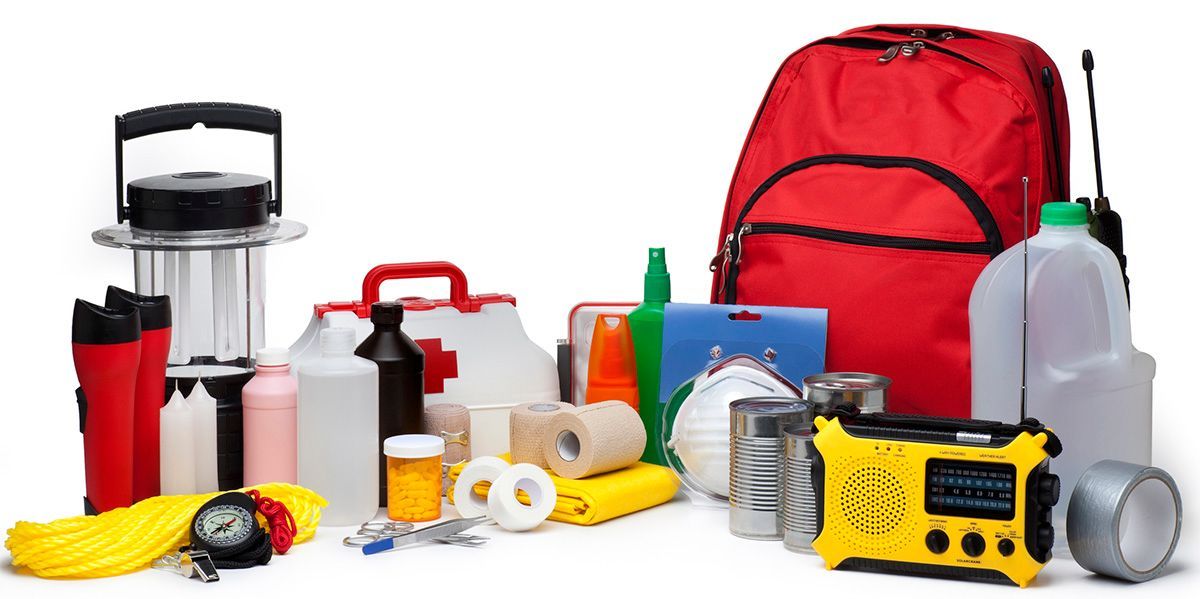
Building an effective rescue kit means understanding what essential items should be included. Here are some must-have supplies to ensure you’re fully prepared for any situation:
First Aid Kit
While a first aid kit is not enough on its own, it’s still essential to include the basics:
- Bandages
- Antiseptic wipes
- Pain relievers
- Tweezers
- Scissors
Tools and Supplies
Mechanical issues can be dealt with more efficiently when you have the right tools. Essential items include:
- Jumper cables
- Tire repair kit
- Multi-tool
- Tow strap
- Flashlight with extra batteries
Safety Equipment
In an emergency, visibility is critical. Make sure your kit contains:
- Reflective triangles or cones
- A fire extinguisher
- A whistle for signaling
Survival Items
In case of long delays or emergencies, it’s important to have supplies that will keep you alive and comfortable:
- Emergency blankets
- Non-perishable food and water
- A compass and map for navigation
- A flashlight with extra batteries
Communication Tools
In a true emergency, communication becomes vital. Be sure to pack:
- A fully charged cell phone
- A portable phone charger
- A list of emergency contacts
How to Store Your Rescue Kit
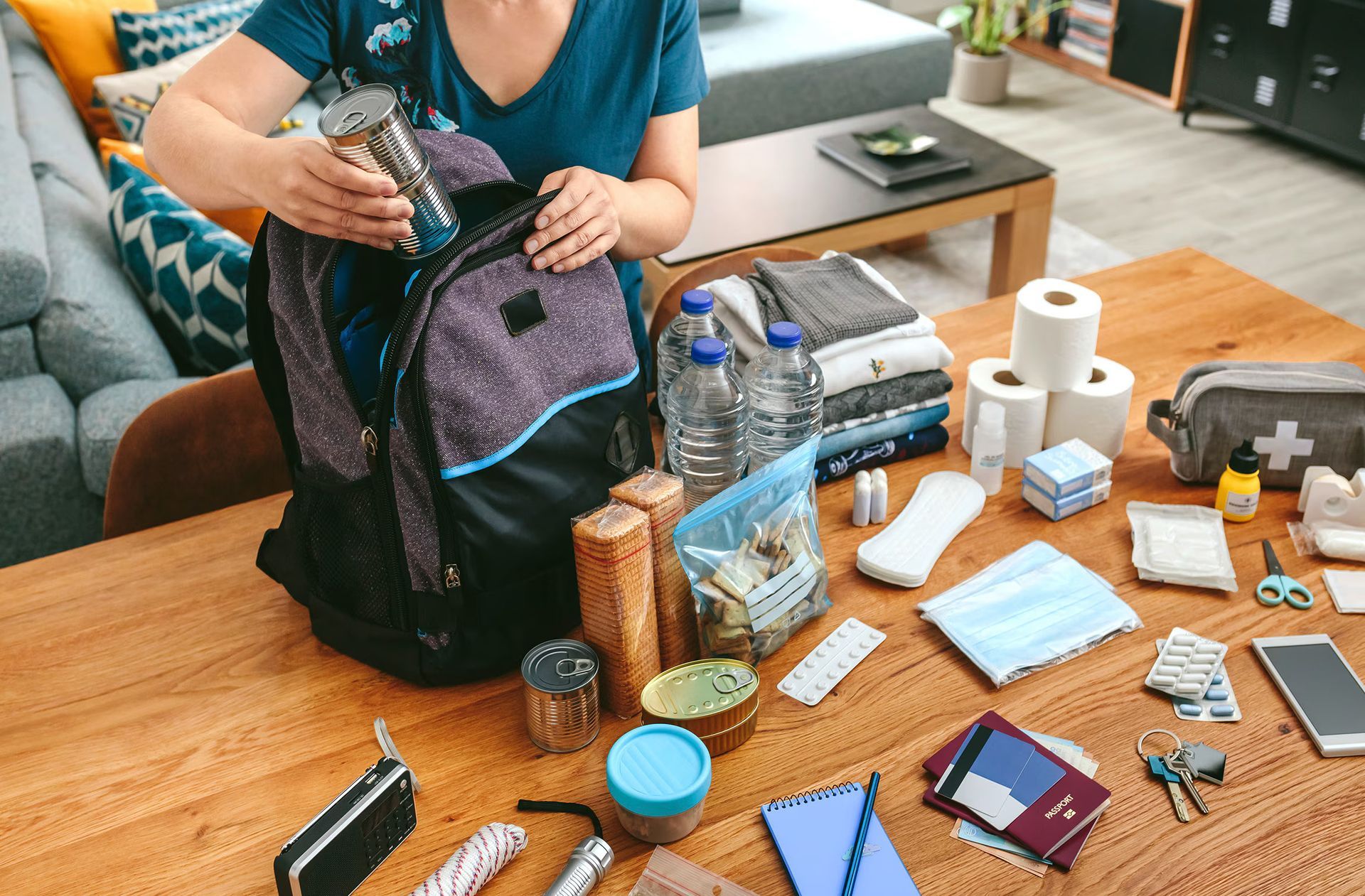
Proper storage of your rescue kit is essential to ensure it’s ready when you need it. Here are some key considerations:
Choosing the Right Container
A waterproof, airtight container is essential to protect your supplies from the elements. Consider options such as:
- Waterproof bins
- MOLLE backpacks
- Duffel bags with reinforced straps
- Wall-mounted cabinets
Storage Conditions
Store your rescue kit in a cool, dry, and accessible place. Ensure that it is kept out of direct sunlight, as exposure to heat can damage supplies like medications, batteries, and electronics. Ideally, keep it in an area that is easy to access in case of emergency.
Maintaining Your Rescue Kit
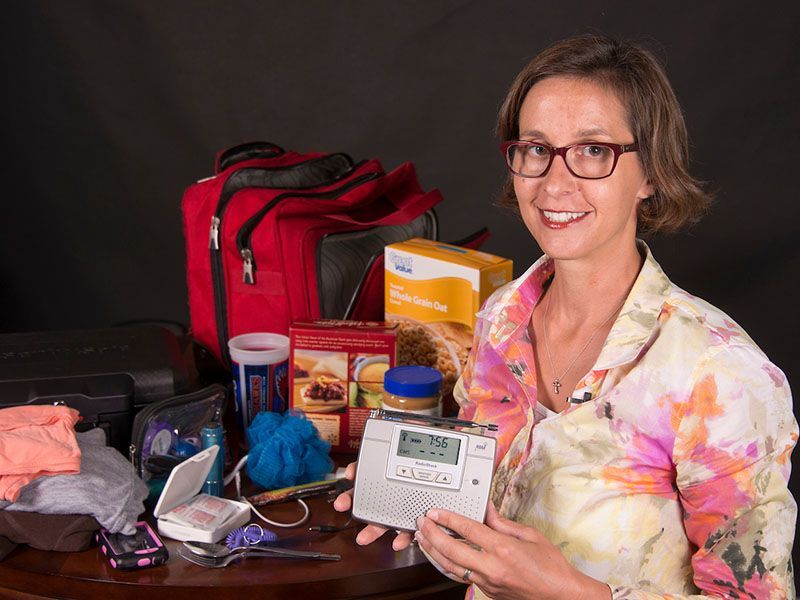
A rescue kit isn’t something you can just set up once and forget. Regular checks are crucial to ensuring that all items are functional and up to date. Understanding your emergency kit lifespan is key — many supplies, such as food, water, batteries, and medications, can degrade over time or become ineffective if not properly stored.
Routine Inspections
Conduct routine checks every six months. Ensure that:
- Food and water are not expired
- Batteries are charged and replaced
- Medications are fresh
- Tools are functional and intact
Rotation and Replacements
Items like food, water, and medications have a shelf life, so make sure to replace them regularly. A rotation schedule can help you keep track of expiry dates and ensure your kit is always stocked.
Specialized Additions for Specific Needs
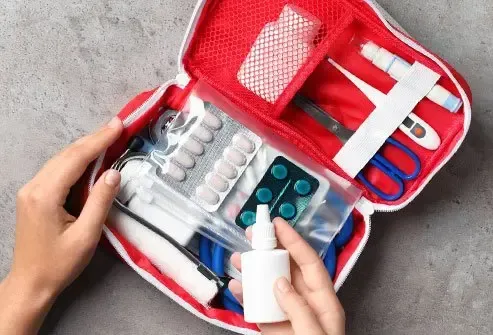
Depending on your circumstances, you may need to customize your rescue kit. Consider these additional supplies for specific situations:
For Families with Infants or Children
- Diapers, baby formula, and wipes
- Baby-safe first aid items
For Elderly or Disabled Individuals
- Extra medications and medical equipment
- Mobility aids or assistive devices
For Pets
- Pet food and water
- A pet first aid kit
Smart Storage and Accessibility
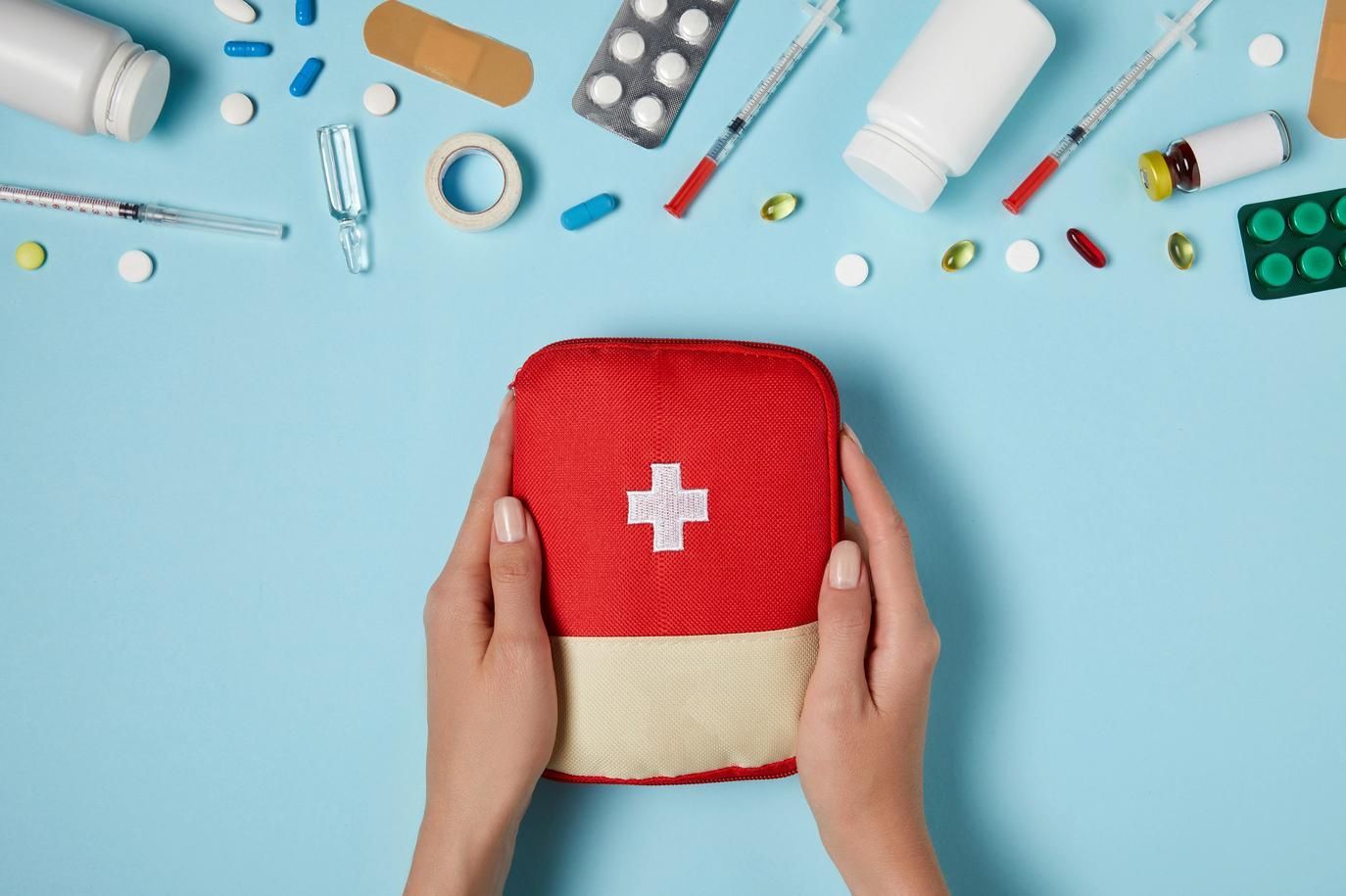
To make sure your kit is always accessible when you need it, consider organizing your supplies in a way that allows for quick access. Some smart strategies include:
- Color-coded compartments for different types of supplies
- Modular kits for different family members
- Clear, labeled pouches for easy identification
Educating Your Family and Running Drills
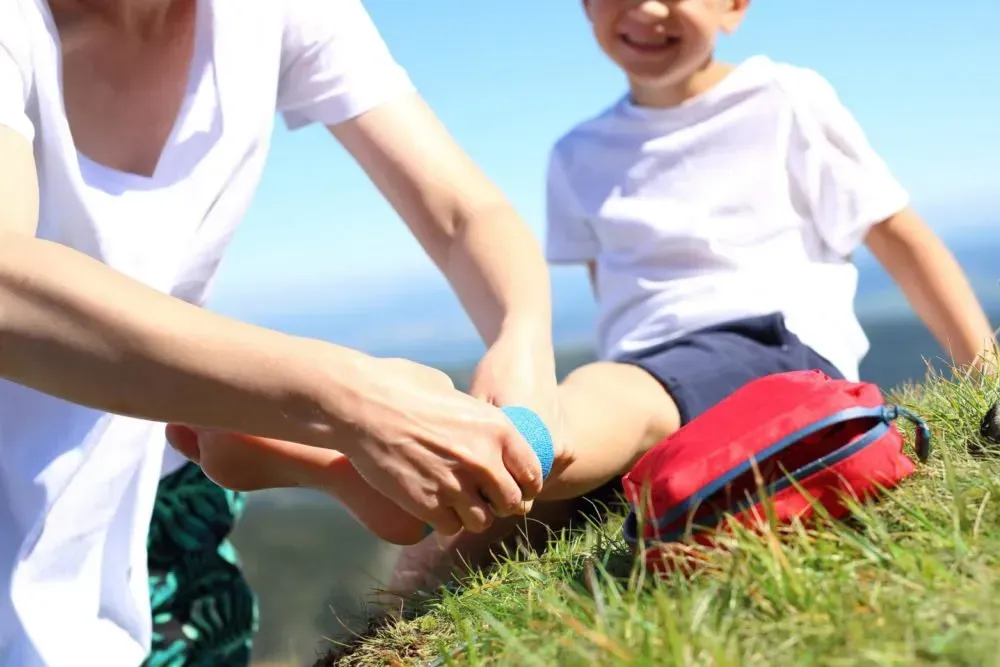
Knowing how to use your rescue kit is just as important as having it. Conduct regular drills with your family, including:
- Time-based packing exercises
- Familiarizing everyone with the kit's contents
- Practicing how to use tools like the flashlight, first aid supplies, and fire extinguisher
Protecting Critical Documents

In addition to physical items, your rescue kit should include backup documents in case of emergency:
- Store physical copies in a waterproof/fireproof folder
- Digitize critical documents and store them securely in the cloud
Conclusion: Ensuring Long-Term Readiness

A well-prepared rescue kit can make a difference when faced with an emergency. By ensuring your kit is comprehensive, stored properly, and regularly maintained, you can face unexpected situations with confidence. Having a rescue kit not only benefits you but also helps those around you, fostering a sense of safety and preparedness. Don’t wait for an emergency to catch you unprepared—get your
vehicle rescue kit ready today.

